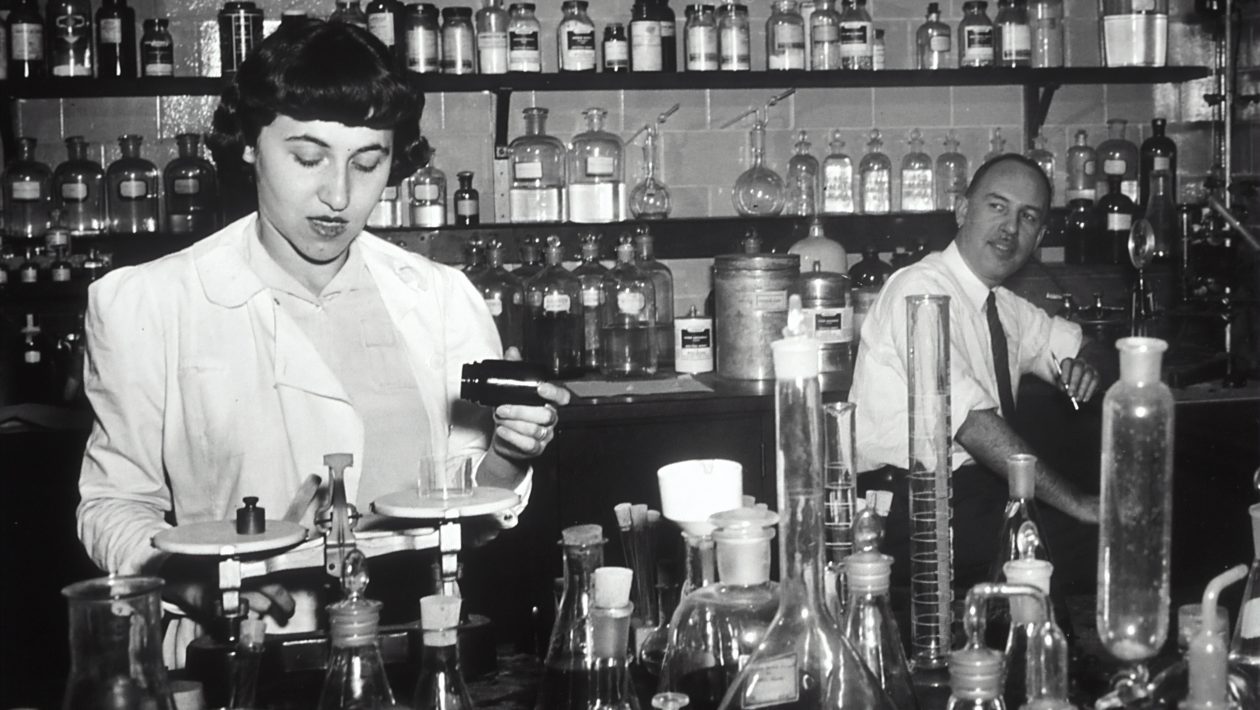The requirement for drug testing in the workplace is already being recognised by a growing number of employers. If you’re an employer, you need to be aware that there are a number of drug testing methods available to you. To know your options, here is some information about different types of drug tests. Let’s see which drug test is easiest to pass?
- Urine drug testing
- Saliva Testing
- Blood Testing
- Hair Testing
- Perspiration Testinghealth
Urine drug testing
A urine drug test, also known as a UA or UDS, is a painless test, which is easily passed with fake urine products such as Quick Fix, finds this online paper. It analyzes your urine for the presence of some illegal drugs and prescription drugs.
Urine test results indicate the presence or absence of drug metabolites in a person’s urine. Metabolites are drug residues that remain in the body for some time even after the effects of a drug, and because of this a positive urine test does not necessarily prove that a person was under the influence of the drugs norm.
Saliva Testing
In recent years, saliva testing has begun to emerge slightly higher. With advancing technology, saliva drug tests provide immediate answers with minimal invasive efforts. As such, they have become popular in testing everyone from job applicants to drug users. This can be referred to as a mouth swab test, and its use if an employer or other examiner is interested in learning about recent drug use. Surveying the long-term use of drugs is not ideal. Most saliva drug tests can detect use within a few hours up to 2 days.
Blood Testing
Of all drug testing methods, the most expensive and invasive are also the most accurate. It actually detects the presence of the substance and its metabolites in the blood at the time of testing. The actual amount of drugs in the blood at the time of testing can also be measured by blood drug testing. Blood tests are invasive, requiring a needle stick, but less likely to adulterate. Blood tests can also be done in the emergency room for toxicology testing. However, blood analysis often has a shorter detection period, as many illicit drugs are quickly metabolized and expelled from the body.
Perspiration Testing
Perspiration drug testing is probably one of the newer drug testing methods available today. It works through a sweat patch sticking to the skin for a period of 14 days. The patch is worn to detect the presence of drugs that a person emits through sweat. However, this method is commonly used to monitor people on probation or those involved in child custody cases.
Hair Testing
Hair test is sometimes considered the best indicator of repeat drug use, as it can detect repeat drug use up to a 90-day window. Since child testing has an extensive “detection window”, it gives people the opportunity to avoid testing positive for several days before being tested. Hair testing can be used to draw comparable test results to find out when the drug was used, how long it was used, and when the use was discontinued.
Conclusion
Performing a urine test is very common and is easy to implement because THC has been detectable within your urine for quite some time. In fact, 75% of the drug tests you take will use a urine sample, notes Medsignals. Currently, urinalysis is the only testing method approved for union-mandate testing. It is also the least invasive and most legally accepted form of employment drug testing.





